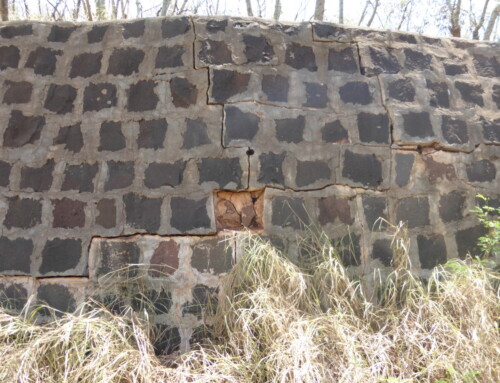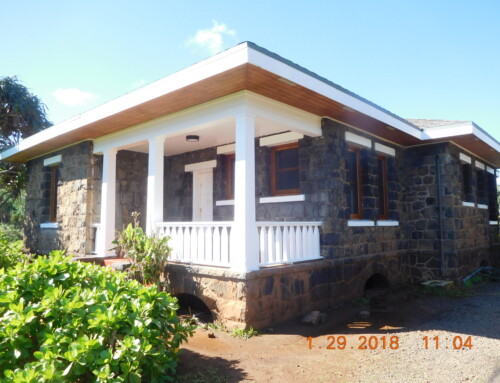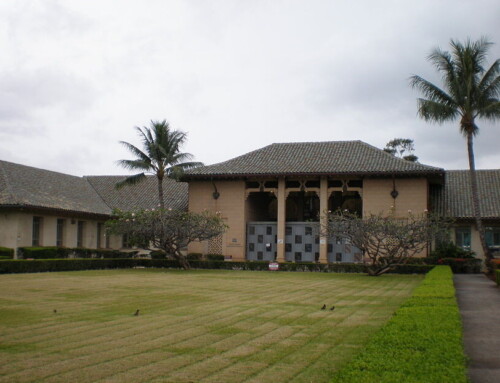If designed poorly, a new exterior addition to a historic building has the potential to damage or destroy significant materials and can change the building’s character. An addition should be considered only after it has been determined that the new use cannot be met by altering non-significant, or secondary, interior spaces.
If the new use cannot be met in this way, then an attached addition may be an acceptable alternative if carefully planned. A new addition should be constructed in a manner that preserves significant materials and features and preserves the historic character. Finally, an addition should be differentiated from the historic building so that the new work is not confused with what is genuinely part of the past.
It is important that when planning a new addition to a historic property that the addition be compatible in size and scale with the historic building. Ideally, the addition should be made in the rear of the property and should not be visible from any public vantage points. The goal is to subordinate the addition as much as possible so as not to detract from the historic character of the original building. The historic building should remain the dominant form, façade and experience.
When constructing the addition, care should be taken to cause as little damage to the historic materials as possible. One of the most common ways to do this is to connect the historic building and the new addition via a small connector “hallway” like structure. This allows for a separation between the old and new materials and has the least amount of impact on the historic structure. Additionally it is important that the new addition looks contemporary, but is still complementary to the historic structure. This can be a delicate balance, but can be done with thought and deliberation.





